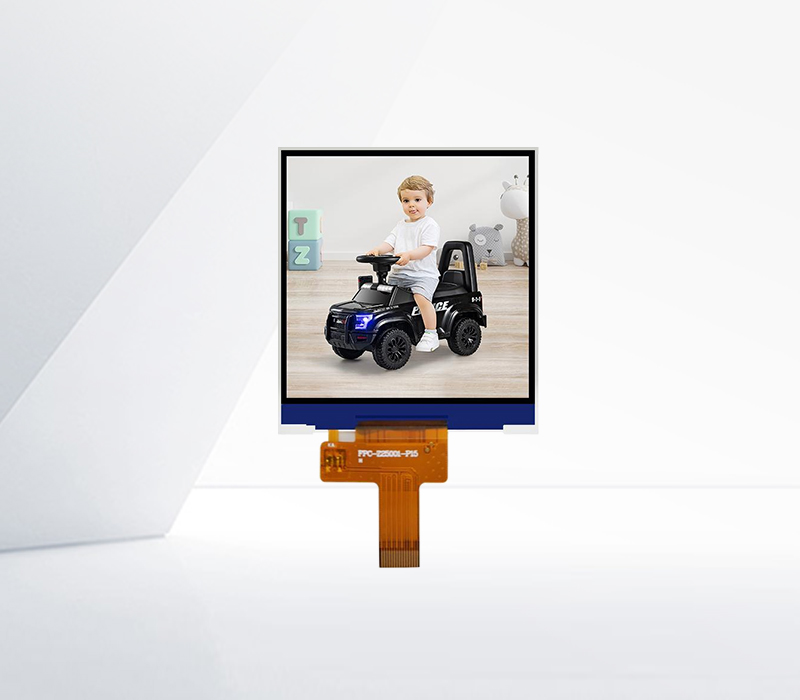



Selecting the right LCD screen involves considering several important factors to ensure it meets your specific needs and usage requirements.
The first and perhaps most crucial factor is the screen size. LCD screens come in a wide range of sizes, from small portable screens for devices like smartphones and tablets to large - format displays for home theaters and commercial applications. When choosing a size, consider the viewing distance and the intended use. For example, a smaller screen may be sufficient for a computer monitor used at a close distance, while a larger screen is more suitable for a living - room TV where viewers may be seated farther away. Additionally, the available space for installation should also be taken into account.
Resolution is another key aspect. Higher - resolution LCD screens, such as those with 1080p (Full HD), 4K (Ultra HD), or even 8K, offer sharper and more detailed images. If you plan to use the LCD for tasks that require high - quality visuals, such as graphic design, video editing, or gaming, a higher - resolution screen is recommended. However, keep in mind that higher - resolution screens also require more powerful graphics processing capabilities from the connected devices to ensure smooth performance.

The refresh rate of the LCD screen is important, especially for applications involving fast - moving images, such as gaming or sports viewing. A higher refresh rate, measured in hertz (Hz), means the screen can update the image more frequently, resulting in smoother motion and reduced blur. For example, a 144Hz or 240Hz refresh rate is ideal for competitive gaming, as it provides a more fluid and responsive gaming experience compared to a standard 60Hz screen.
Color accuracy and contrast ratio are also significant considerations. A good LCD screen should be able to reproduce a wide range of colors accurately, which is important for applications like photo and video editing. The contrast ratio, which represents the difference between the darkest and brightest areas of the screen, affects the overall visual quality. A higher contrast ratio generally results in deeper blacks and more vivid colors, enhancing the viewing experience.
Other factors to consider include the type of panel technology. Common panel types include TN (Twisted Nematic), IPS (In - Plane Switching), and VA (Vertical Alignment). TN panels are typically more affordable and offer fast response times, making them suitable for gaming, but may have limited viewing angles and color accuracy. IPS panels provide wide viewing angles and excellent color reproduction, making them a popular choice for professional applications and general multimedia use. VA panels offer high contrast ratios and good black levels, making them ideal for watching movies and other content where deep blacks are important.
